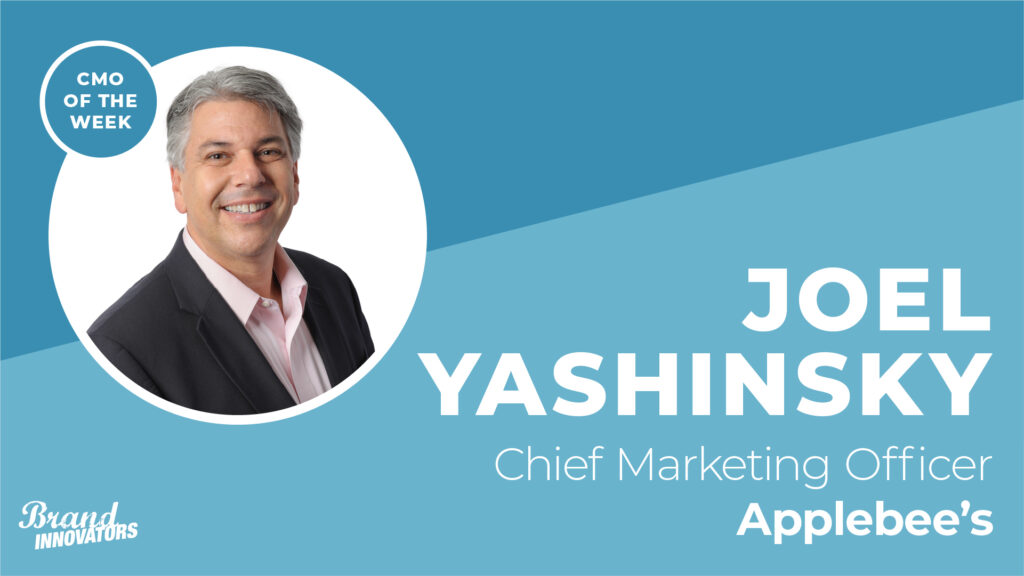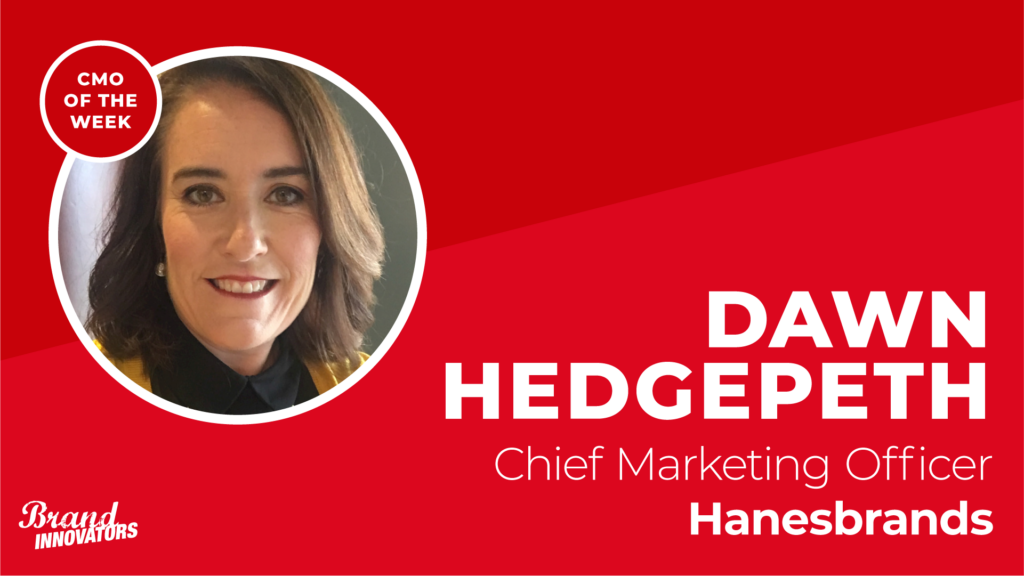Ken Turner is one year into his role as the first-ever chief marketing officer of Fanatics Collectibles. Since he began, he has been working to expand what marketing and innovation can look like in the category of card collecting.
“Although the category of trading cards was marketed to in the past, not to the extent that we’re planning to do now,” says Turner. “If you combine what we are doing in product innovation with our opportunity to tell great stories about collecting –especially in an environment of short form or long form content – we are molding memories and executing great marketing.”
“Our opportunities to amplify and tell stories comes from the combination of our collectors, our league partnerships, and our relationships with athletes,” continues Turner. “When you think about a trading card, a collector will tell you that it holds a memory. That card most likely captures something great for the past or an aspiration for the future.”
Prior to joining Fanatics Collectibles, Turner was EVP/chief marketing officer of Red Bull. Brand Innovators caught up with Turner from his office in Los Angeles to talk about innovations in trading cards, collectors and innovation.

Can you share some examples of your brand’s storytelling?
We have launched our flagship baseball product Series One, which features reigning NL MVP Ronald Acuña Jr. on the cover. In our marketing campaign, we developed assets that match Ronald’s energy with the product and then partnered with MLB, MLBPA, MLB teams and other athletes to amplify.
As part of the campaign, we captured content with last year’s cover athlete – Julio Rodriguez – doing a surprise, congratulatory handoff of the cover of Series One. This asset was leveraged on our channels and really tells the story of the significance of the product to athletes and collectors.
How do you work with the teams and players?
Once again, our Series 1 launch provides a great example. We lead with social and will partner with MLB teams and MLB athletes to post custom assets from and about the product. For the players, they may post their own card or a video asset. For teams they would publish a reel or story that displays a collection of their players that are featured in the product. To be clear, there are no contractual obligations with the teams for required posts, but when they see the value creation, it becomes an easy choice.

Who are your target audiences and how do you reach them?
Let’s start with the core collector. This is someone who has a passion for collecting and, most likely, has been in the hobby for a very long time. As with any business, this core audience is our primary target. Next there is the lapsed collector who we want to pursue collecting again. Similar to the core collectors, we reach lapsed collectors through conversations mostly on social that amplify the joy of collecting.
I’ll group the last audience into what we’ll call simply the new collector. The new collector can skew younger meaning that they are introduced to the hobby most likely by a parent. While we have youth initiatives, we don’t market directly to children so a fair amount of this growth is organic through the fact that their family is collecting. Another audience within the new collector is a sports fan. For this audience we create awareness around collecting as an opportunity to enhance the fan’s experience. As an example, at the MLB All-Star Game we engage with fans through an experiential event and introduce the fans to collecting. The third group is simply a collector of anything. They may be collectors of comic books, sneakers, cars or art. New York Comic-Con is an example of where we will show up with trading cards. People who enjoy collecting usually quickly understand the opportunity and excitement with trading cards.
What does authenticity mean for your brand?
Trading cards have meaning. The way that you handle the cards means something. The card has value, both extrinsic and intrinsic. We want to stay true to the meaning of the trading card and how collectors feel about them. This is important.
As this relates to product, when the team reviews a prospecting product, as an example, we know that the prospects are very important. One of these players could be the next Derek Jeter. Of course, we won’t know who they are yet, but we want to treat each one of these cards as if they are the next once-in-a-lifetime card. We also stay focused on the memories. Collectors will tell you about their favorite cards or their favorite piece of memorabilia. We know that this is special too, so being able to treat the cards as special and then we make sure to communicate the cards as special.
When we speak to the collector, we speak to different places on the collecting journey and we want to make sure that it’s authentic. We’ll use the language that a collector will use. We’ll use the same acronyms, as if we are the collector, because a lot of us are indeed collectors.
How does your background shape your perspective in this role?
There are two areas where we are pressing the gas. Experiential. I rarely run into people who are outside of Red Bull who have executed as many events or experiences as Red Bull. Being able to create and capture moments that drive engagement in real life, but also generate social output is, and will be important in this role.
The other aspect that is important from my background is media – in every sense of the word –earned media, social media, managed media and anything from an owned media standpoint. As the future starts to settle for the trading card industry, our opportunity to reach will be through social amplification. Red Bull may not have the most followers, if you look at the handles, but in terms of reach, impact and engagement, there are very few organizations that are able to do what Red Bull has done over the past years. Being able to take some of that knowledge from a social and managed media standpoint and come over to Fanatics Collectibles to execute has been exciting.
How are you thinking about innovation 2024?
There is product innovation and in this we’ll ask ourselves: How do you do something that is unique, but still authentic and familiar? A small example of this innovation is the social follow back. If you pull the card of a select baseball player, this player will follow you back on social. That’s pretty cool as we are tapping into social currency.
The other area of innovation is the way we approach marketing. Marrying experiential with earned media is not necessarily innovative to the outside world, but it hasn’t been done in the hobby. As we start to experiment, innovation has come really in the form of marketing. For example, Tom Brady was drafted for the Montreal Expos, so not only did we create a baseball card for this moment, we also created a video asset that brought the audience a view of what could have happened if Tom Brady would have chosen baseball instead of football. Engaging content where the trading card is the device that activates narrative.




